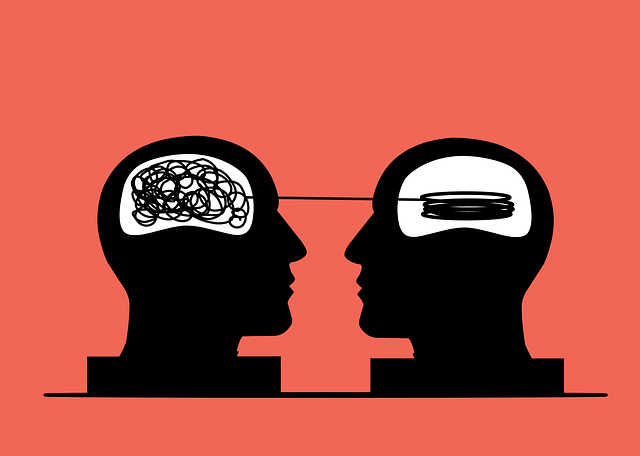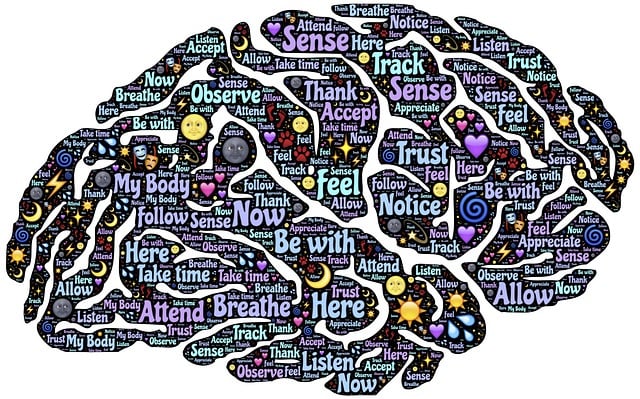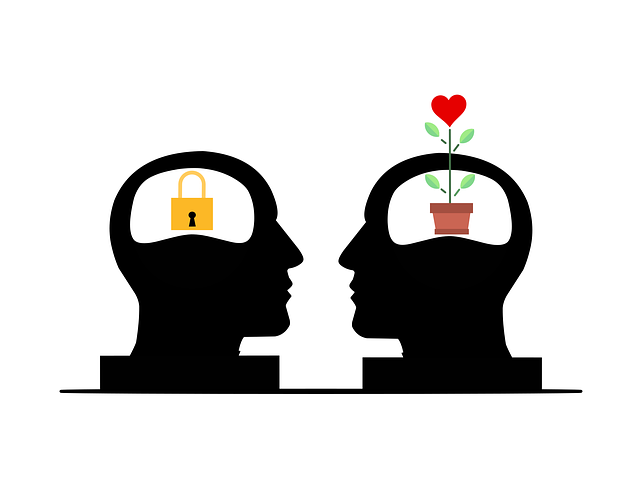Anxiety management involves recognizing symptoms like heart palpitations and rapid breathing, identifying triggers (internal or external), and employing coping strategies. Superior Somatic Experiencing Therapy (SSET) is a groundbreaking approach that bridges mind-body gaps to release physical tension and process trauma. Combining personalized communication, exercises like Mental Wellness Journaling, SSET holistically treats anxiety, prevents depression, and fosters lasting mental wellness through safe, supportive environments. Additionally, Emotional Well-being Promotion Techniques (EWP), including mindfulness and breathwork, backed by cultural sensitivity in mental healthcare, enhance stress reduction and resilience building. These holistic practices not only improve mood regulation but also cultivate compassion for mental health.
Anxiety is a pervasive condition affecting millions, but managing it effectively needn’t be difficult. This comprehensive guide explores various techniques to combat anxiety, from understanding its symptoms and triggers to powerful therapeutic approaches like Superior Somatic Experiencing Therapy (SET). Discover practical daily stress reduction methods and learn how mindfulness, breathwork, and building resilience can provide long-term coping strategies for a calmer, more balanced life.
- Understanding Anxiety: Symptoms and Triggers
- The Role of Somatic Experiencing Therapy in Anxiety Management
- Practical Techniques for Daily Stress Reduction
- Integrating Mindfulness and Breathwork Exercises
- Building Resilience: Long-term Strategies for Coping with Anxiety
Understanding Anxiety: Symptoms and Triggers

Anxiety is a normal human response to stress or perceived threats, but when it becomes overwhelming and persistent, it can significantly impact daily life. Understanding anxiety involves recognizing its various symptoms, which include heightened heart rate, rapid breathing, restlessness, irritability, and intrusive thoughts. These physical and mental manifestations can vary in intensity and duration, from brief episodes to chronic conditions.
Identifying triggers is a crucial step in managing anxiety. They can be internal, such as negative self-talk or past traumas, or external, like specific environments, social situations, or even certain sounds. By becoming aware of these triggers, individuals can start to develop effective coping strategies. For instance, Superior Somatic Experiencing Therapy focuses on resolving physical tension and emotional overwhelm by helping clients process and release stored trauma energy, offering a powerful tool for anxiety management. Additionally, conflict resolution techniques, confidence-boosting activities, and social skills training can empower individuals to navigate triggering situations with greater ease and resilience.
The Role of Somatic Experiencing Therapy in Anxiety Management

Somatic Experiencing Therapy (SET) stands out as a superior approach to anxiety management, focusing on the profound connection between our bodies and minds. This therapy recognizes that emotional distress often manifests physically, and by accessing and processing these somatic experiences, individuals can achieve significant relief from anxiety symptoms. SET guides clients through specific communication strategies tailored to their unique needs, fostering a deeper understanding of their bodies’ signals.
By integrating practices such as Mental Wellness Journaling Exercises, which encourage self-reflection and awareness, SET promotes healing and resilience. This holistic approach not only addresses the symptoms of anxiety but also aims to prevent depression by empowering individuals with tools to regulate their emotional responses. Through setting safe and supportive spaces, SET facilitates a profound transformation, enabling clients to regain control over their lives and cultivate lasting mental wellness.
Practical Techniques for Daily Stress Reduction

In the pursuit of daily stress reduction, individuals can employ practical techniques that holistically promote emotional well-being. Superior Somatic Experiencing Therapy (SSET) stands out as a powerful tool, focusing on the mind-body connection to address deep-seated trauma and stress responses. By facilitating relaxation and integrating bodily sensations, SSET helps individuals regain a sense of control over their reactions to stressful situations. This therapy is particularly beneficial in navigating the complexities of modern life, offering a path towards mental wellness that resonates with diverse cultural backgrounds.
Beyond SSET, various Emotional Well-being Promotion Techniques (EWP) enrich daily routines. Mindfulness meditation, deep breathing exercises, and regular physical activity are evidence-based practices known to mitigate stress levels and enhance mental resilience. Incorporating these activities into one’s schedule fosters a sense of calm and balance, contributing to improved overall mental health. Cultural Sensitivity in Mental Healthcare Practice plays a vital role by ensuring these techniques are adapted to respect individual cultural contexts, making them more accessible and effective for a diverse range of clients.
Integrating Mindfulness and Breathwork Exercises

Mindfulness and breathwork exercises have emerged as powerful tools for managing anxiety, with practices like Somatic Experiencing Therapy gaining popularity. This therapy focuses on integrating awareness of bodily sensations with intentional breathing patterns to regulate emotional responses. By reconnecting individuals with their bodies’ natural cues, it fosters a sense of grounding and calmness, which is particularly beneficial in mitigating anxiety symptoms.
The integration of mindfulness and breathwork offers a holistic approach to mood management, addressing not just the symptoms but also the underlying causes of anxiety. Moreover, these practices have been shown to enhance compassion cultivation and reduce mental illness stigma, creating a supportive environment for individuals seeking to overcome their anxiety. This dual focus on emotional regulation and fostering understanding can significantly contribute to improving overall well-being.
Building Resilience: Long-term Strategies for Coping with Anxiety

Building resilience is a crucial long-term strategy for managing anxiety. Superior Somatic Experiencing Therapy (SSET) offers an effective approach by focusing on the mind-body connection. This therapy helps individuals process and release traumatic memories or stressful events that often contribute to chronic anxiety. By engaging in SSET, one can develop a deeper understanding of their physical sensations and triggers, enabling them to gain control over their responses.
Integrating Mind Over Matter principles alongside SSET enhances coping mechanisms. Crisis intervention guidance and mental health education programs designed with these principles in mind can empower individuals to challenge negative thought patterns and replace them with healthier perspectives. Regular practice of mindfulness techniques and cognitive reframing supports the development of resilience, allowing people to navigate anxious situations more effectively and maintain a sense of calm over time.
Anxiety management is a multifaceted journey, and incorporating various techniques can lead to significant improvements. From recognizing symptoms and triggers to adopting practical daily habits, individuals can take control of their mental well-being. Superior Somatic Experiencing Therapy offers an effective approach by addressing the root causes of anxiety through body-oriented practices. By integrating mindfulness, breathwork, and long-term resilience-building strategies, one can foster a sense of calm and enhance overall resilience. Embracing these techniques allows for a holistic approach to managing anxiety, enabling individuals to navigate life’s challenges with greater ease and tranquility.












